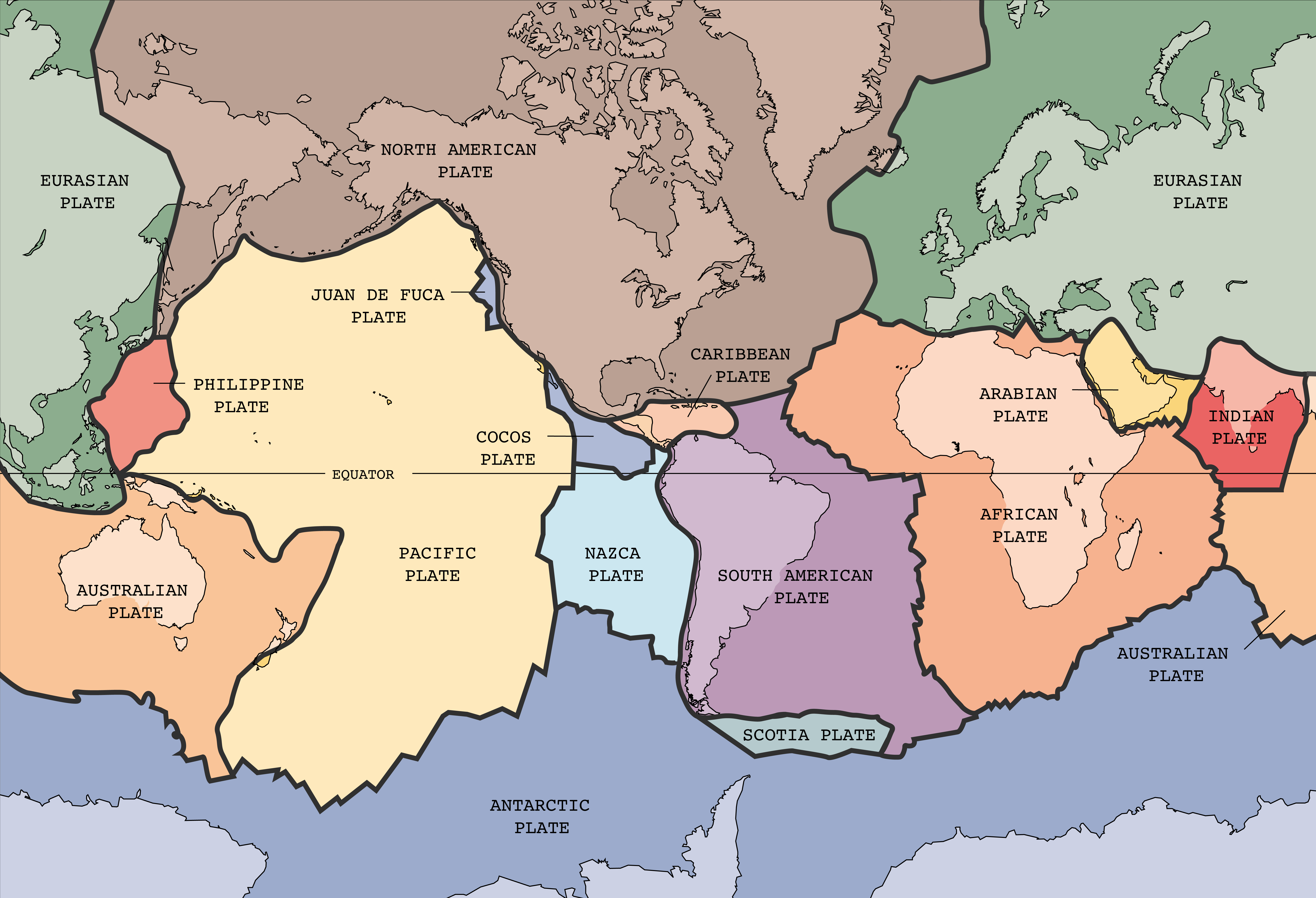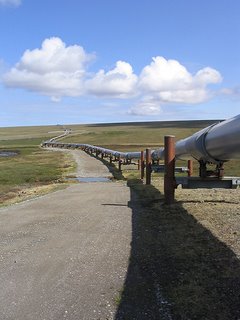Background Oil exploration is a term that is used to describe the search for petroleum by geologists and engineers. The complexity of the issue comes to play due to the fact that petroleum is found under the Earth's surface. The most difficult oil exploration takes place on the oceans of the world, not only must the explorers drill through great distances of crust but they have to do so while floating great distances above the crust on the ocean surface.
Continental shelves 
Oil can be found on most continental shelves, where the water is shallow and carbon deposits have been collecting for millions of years to form hydrocarbons. The continental shelves are the shallow, but not exactly waist deep though, area of coast that surrounds each continent. After the continental shelves there is the great abyssal plain where ocean floor spreading have created rather new ocean floor with minimal carbon deposits.
There is not much oil in the abyssal plains. To better understand the concept of continental shelves and abyss take a look at the image to the right and then I will move to why there is not much oil in the abyssal plain.
As you can see the abyssal plain is relatively deep compared to the continental shelve.
Ocean sea floor spreadingSea floor spreading is the method in which the ocean floor basically recycles itself. As you may know, the Earth's crust is made up of plates that fit together like a puzzle. The crust is part of the Earth's
lithosphere. The plates are called
tectonic plates. The ocean ridges is where, like a giant zipper, the plates are joined. The plates are continuously moving, very slowly, and new magma turns into lava on the ridges that join the plates. Now, imagine new rock being added in the middle, where the plates join, and you almost have to imagine that the plates will spread out and that the edges, where the continents are, will need to disappear. In a bit more complicated manner, that is exactly what happens. The lithosphere, crust and upper mantle combination, disappears at subduction zones. Subduction zones are neat because the oceanic crust slides under the continental crust, creating earthquakes offcourse, and the oceanic lithosphere gets melted into magma in the athenosphere, area in the crust under the lithosphere, just to come back through the ocean ridges to repeat the cycle in about 200 million years. This
animation will help clear sea-floor spreading up a bit.
 Tectonic Plates Lack of oil in the abyssal plain
Tectonic Plates Lack of oil in the abyssal plainAll that information comes back to one point, the lack of oil in the abyssal plain. As you may know oil comes from carbon, which is contained in living organisms. The reason there is little oil in the plains is because the oil needs millions of years to form under pressure and warm temperature, such as found under the oceanic
crust. The sediment, carbon rich material, that falls to the ocean floor gets buried over time under new sediment and eventually travels deep enough to become oil. It is a false notion to assume that oil comes from buried trees and dinosaurs, when instead it descends from dead algae and plankton bodies. That would naturally explain why most oil is found in the oceanic crust or areas that used to be oceanic crust.
As explained earlier, the ocean ridges are constantly adding new ocean floor and the old ocean floor is constantly disappearing under the continental lithosphere. What this then tells us is that the oldest seafloor is closest to the continental shelves or where the continental and oceanic lithospheres meet. The oceanic ridges are out in the middle of the ocean and there is not only colder deeper waters, but newer ocean floor with little carbon sediment.
Conclusion In conclusion, these are the facts that lead to the creation and location of oil:




